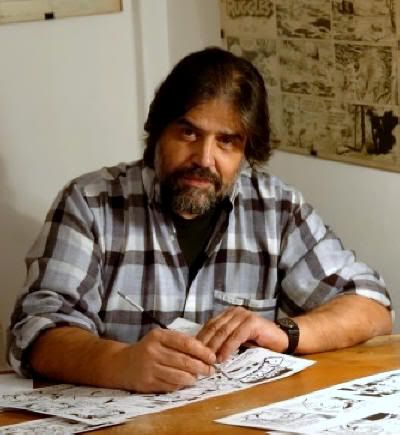
"He was the type of artist who did the hard things well and the great things great -- his dynamic figures and layouts, sexy women, bold blacks and brushwork added a dramatic splash to the often tepid comic page and revitalized the strip." -Mike Manley
Born Luis Eduardo Barreto Ferreyra in 1954, "Ed" grew up on comic books in Montevideo, Uruguay, and decided it should be his profession at the early age of seven. Barreto cited Hal Foster, Russ Manning, and Warren Tufts as his primary influences, which might explain why he shopped a Richard the Lionheart strip reminiscent of Prince Valiant around while attempting to break in at local newspapers. At age sixteen, Barreto found his way into El Día's children's magazine Día de los Niños, writing and drawing an adaptation of "Cantar de Mio Cid." Barreto continued to work on the magazine for several years, including a false start on a new sci-fi strip of his own creation. In 1975, Barreto sold United Press syndicate on El Poderoso Halcón, which was picked up by newspapers across Latin America. Unable to build on his momentum in Uruguay, a series of visits to Buenos Aires saw him land a position at Editorial Columba on the fantasy strip Kabul de Bengala. Other work followed, including ghosting for Ricardo Villagrán. Reaching the limits of the Argentine market, Barreto sought work in the United States.
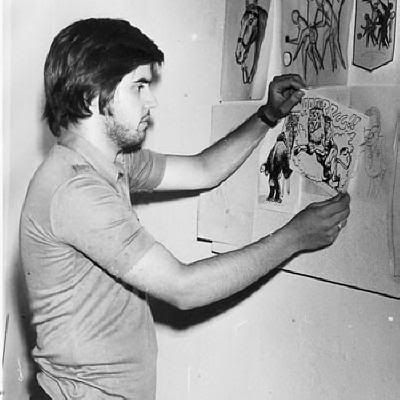
"With his impeccable draftsmanship and attention to nuance and detail, Eduardo Barreto was a true artist's artist... His incredible work and vision will be missed." -Jim Lee
Barreto entered the U.S. comic industry in 1979, as an inker for Marvel. He soon added DC Comics and Western Publishing to his clientele, but he returned to Uruguay after only a few months. Barreto returned to live in the States in 1983, which soon led to regular work on DC's Superman titles. Barreto followed José Luis García-López's runs on Atari Force and The New Teen Titans, the latter lasting four years. Among his other work during the 1980s was the well-regarded one-shot Lex Luthor: The Unauthorized Biography with James D. Hudnall. Barreto became associated with Batman, a particular highlight being the popular Elseworlds special Speeding Bullets that saw Superman in the role of the Dark Knight. From 1989-1992, Barreto collaborated with writer Gerard Jones on The Shadow Strikes and Martian Manhunter: American Secrets. The latter is regarded by many fans as the best J'Onn J'Onzz story ever produced, and established an association between artist and character that led Barreto to produce additional Manhunter comic and merchandising work.
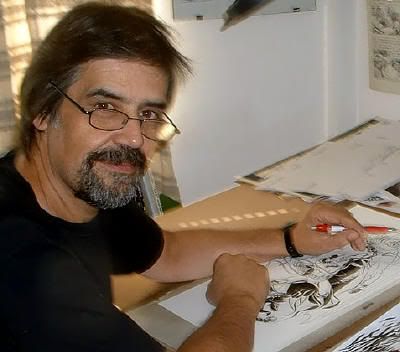
"Eduardo Barreto, RIP. You were one of my all-time favorite artists both as a reader and as a collaborator. This one's tough." -Mark Waid
The '90s led Barreto to branch into serving other publishers, including licensed properties at Dark Horse and Tekno Comics. After having once been the most famous Uruguayan artist in comics, the 2000s saw a slide into obscurity, including work for small publishers and his last ongoing run for a major, Marvel Knights. Leaving comics in 2006, Barreto briefly took over art chores on the newspaper strip Judge Parker before being sidelined by an injury. After returning, Barreto drew the strip until 2010, when he was forced to retire after a bout of meningitis. Barreto worked on a few projects afterward, including The Phantom Sunday strips. His final comic work, drawn from a hospital bed, was DC Retroactive: Superman - The '70s. He passed away at age 57 on December 15, 2011.
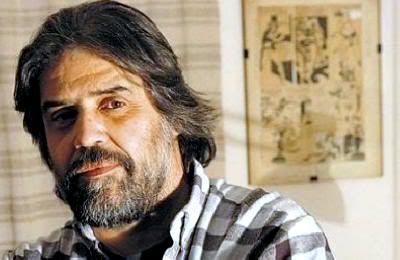
"Eduardo and I had been close friends for over 20 years. We were the same age and even though we grew up thousands of miles apart and were from different countries, he was always like my brother. I mean that. Eduardo was like family to me, the kind you get lucky enough to choose.
I had always admired Eduardo’s artwork and storytelling. My admiration began in the late 1970s when I saw his work and had to find more that he had done and was going to do. Eduardo’s talent was rare in the fact that he had all the traditional story telling power of the legendary masters that had come before, like Alex Raymond, Joe Kubert, Hal Foster and Wally Wood, yet his art always continued to grow, adapt and progress. He took the teachings of the past into the future."-Beau Smith




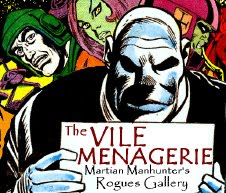


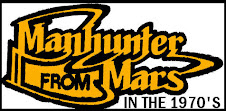
















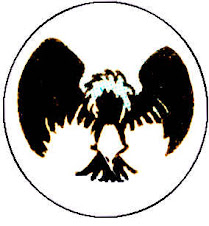




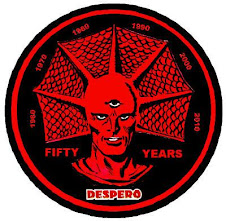
2 comments:
Great write up of a great artist!
Frank, thanks for a great tribute to Eduardo Barreto! I will miss his work!
Post a Comment